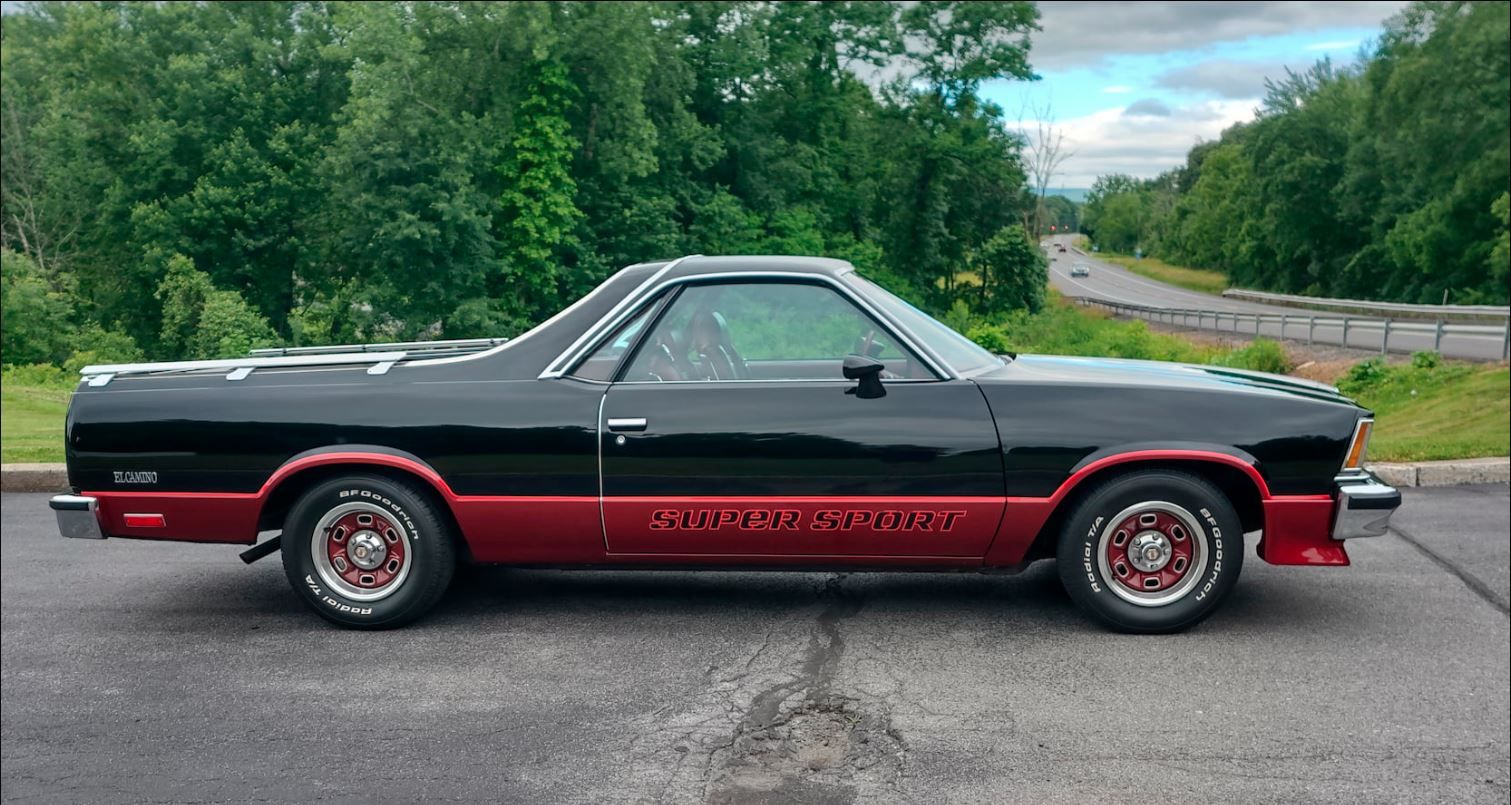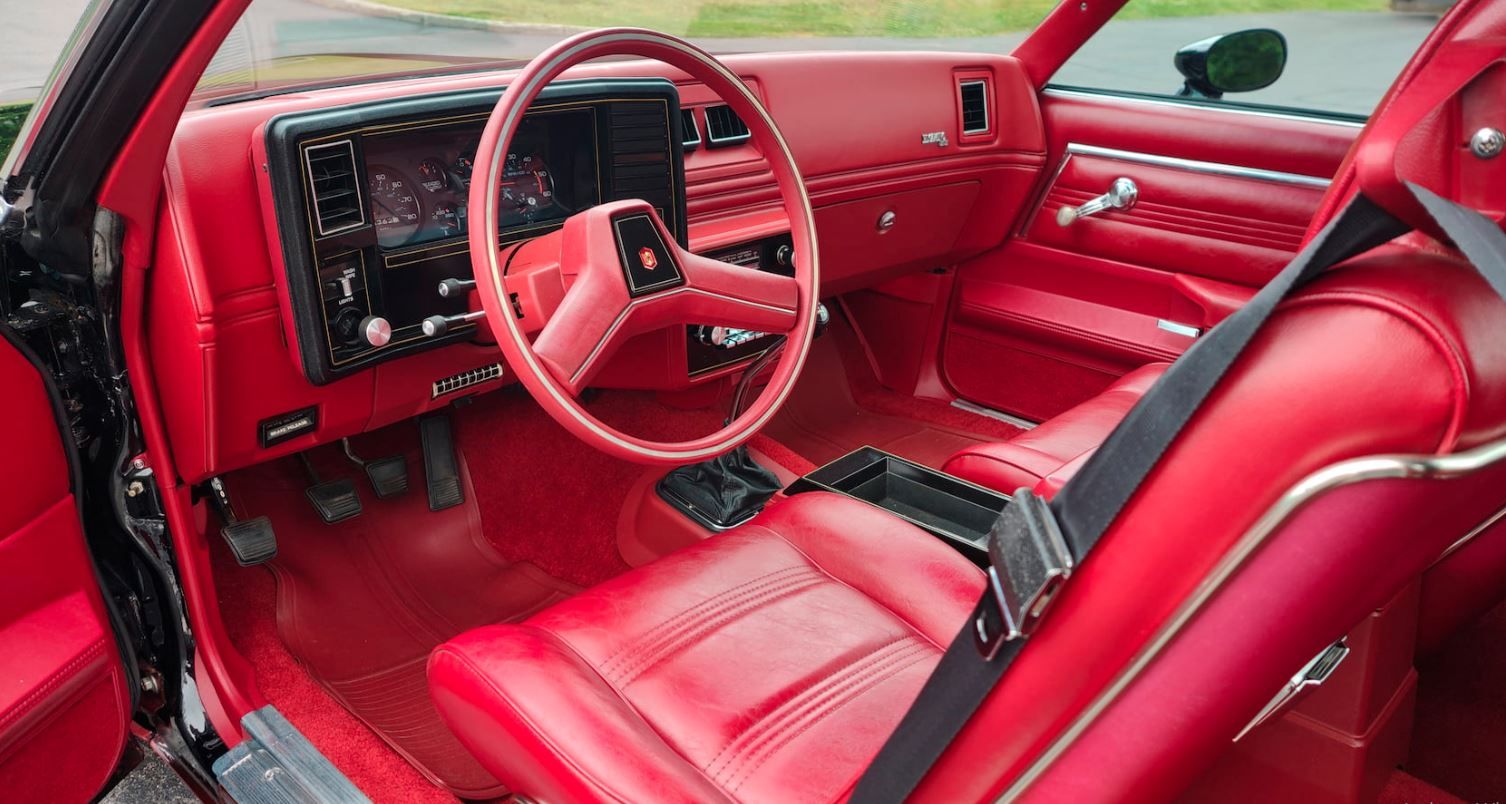From the 1978 Chevrolet El Camino SS’s sleek design to engine performance, it’s an overlooked muscle car that demands attention and respect.

Although muscle cars have changed over time, there are still some great cars that capture their classic spirit. Nowadays, the term “muscle car” encompasses a wider range of high-performance vehicles, such as SUVs and sports cars. For a true American muscle car experience, you can’t go wrong with the Dodge Challenger, Chevrolet Camaro, Ford Mustang, or Chevrolet Corvette.
While there are many great muscle cars from the past, one most forgotten is the 1978 Chevrolet El Camino Super Sport. This Chevy blended the best of both worlds, the power of a muscle car and the utility and versatility of a pickup. It was a unique and versatile Ute that catered to a wide range of consumers, from car enthusiasts to contractors.
Let’s explore more about what made the 1978 Chevrolet El Camino SS a true muscle car, its legacy, and why it remains an iconic vehicle today.
Steve Magnante’s Views On A 1978 El Camino SS Barn Find
Automotive archeologist Steve Magnante explains the history and distinctive qualities of a 1978 Chevrolet El Camino Super Sport.
In the above video, Magnante presents the 1978 Chevrolet El Camino Super Sport, a vintage muscle car with the versatility of a pickup truck. He begins by explaining the origins of the El Camino, which was first introduced in 1959 to cater to consumers who desired the best of both worlds. The vehicle was available in numerous iterations until the early 1980s.
Magnante then goes on to discuss some specific features of the 1978 El Camino Super Sport. Due to increased government safety and emissions regulations, the muscle-car era was coming to an end. As a result, they adjusted the engines to produce less power, leading to a decrease in horsepower.
The Fifth generation of El Camino continued the decline of engine performance. He notes that this particular model came with a base 200-cubic-inch V6 engine capable of producing up to 95 horsepower and 160 lb-ft of torque. This downsized engine helped El Camino to stay under government EPA regulation of a minimum of 18 MPG at the time.
He also highlights some of the Super Sport’s unique design features, such as the blacked-out grille and trim, the sport suspension, and the rally wheels.
Magnante imparts a plethora of information about El Camino’s history, production, and technical specifications throughout the video. For example, he notes that the El Camino was based on the same platform as the Chevrolet Chevelle.
Chevrolet offered the El Camino in multiple configurations over the years. Including a standard model, a Super Sport model, and a high-performance version known as the “SS 454.”
1978 El Camino SS: Unique Pickup-Car Hybrid To Muscle Car Icon
The El Camino nameplate dates back to the 1950s when Chevrolet introduced the first generation of this unique vehicle. The El Camino was essentially a car with a truck bed, which allowed it to appeal to both car buyers and truck buyers alike.
It was first introduced in 1959 as a response to the Ford Ranchero, a similar vehicle that combined the style and utility of a pickup truck with the comfort and convenience of a car.
Over the years, the El Camino continued to develop and improve, culminating in the 1978 Chevrolet El Camino Super Sport. One of the key features that made the 1978 El Camino SS a true muscle car was its engine.
For drivers who demanded more horsepower than the base V6, the El Camino also offered a 5.7-liter V8 engine option. This V8 could produce a maximum output of 170 horsepower and 260 lb-ft of torque. They mated this engine to a three-speed automatic transmission.
Stylish And Iconic Design Of The 1978 El Camino SS
The fifth generation 78 El Camino shared its platform and design with Chevy Monte Carlo and Malibu. The El Camino SS had a unique and stylish design, making it stand out from other muscle cars.
It featured a two-tone paint scheme with a black hood, as well as sporty Super Sport badging. The El Camino also had a distinctive “aero” front end, which included a front air dam and a grille with integrated headlamps.
The interior of the El Camino SS was equally impressive, with a sporty dashboard and bucket seats. The vehicle’s steering wheel was also unique, featuring an SS emblem in the center. The El Camino SS had a stylish and aggressive look that was sure to turn heads wherever it went.
Chevrolet produced the El Camino SS during a time of great innovation in the automotive industry. It was and still is a vehicle that truly represents the spirit of the American muscle car.
Sources: Steve Magnante Via YouTube, Chevrolet, Classic.com










